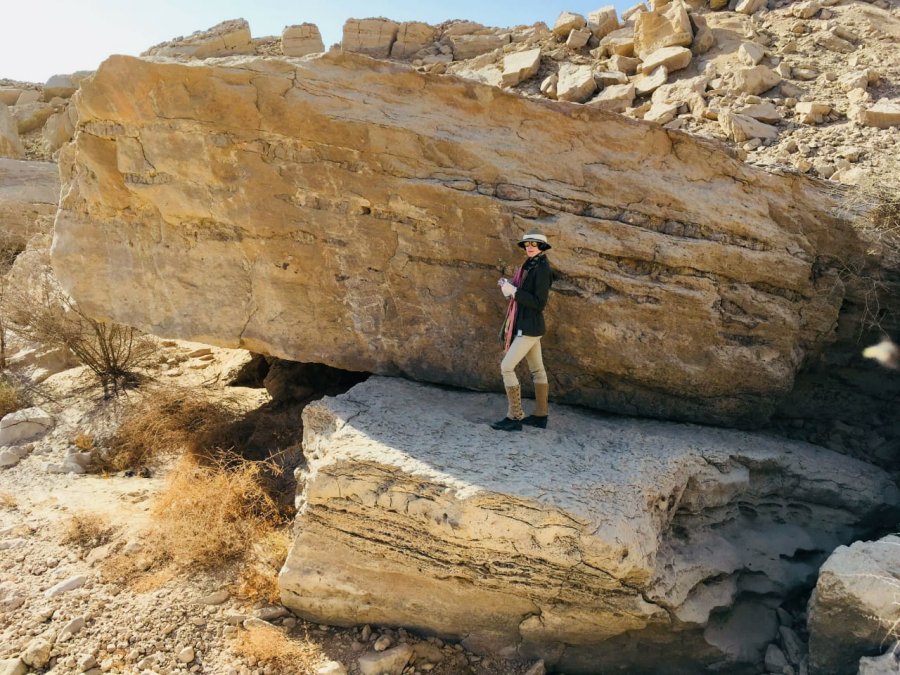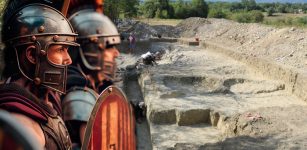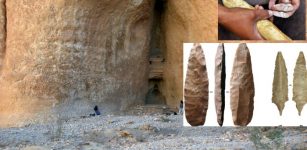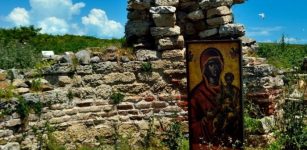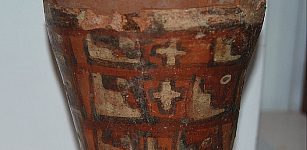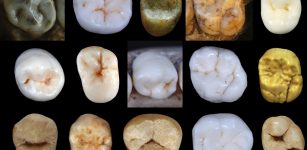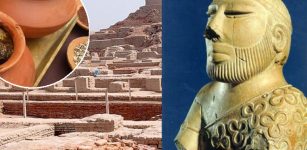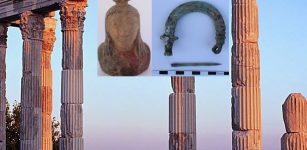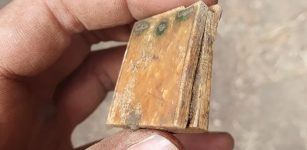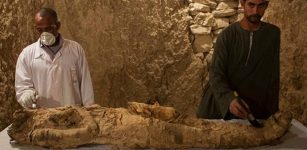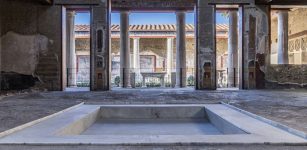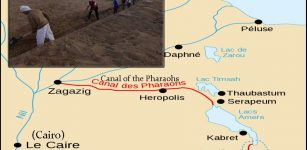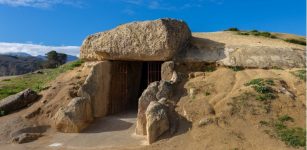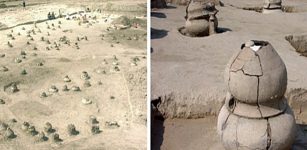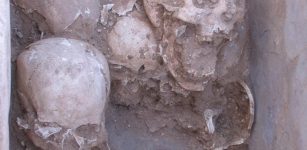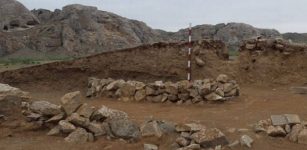Rock Art Dated To Naqada Dynasties 3500-3100 BC And Roman Era Settlement Found In Egypt’s Edfu
AncientPages.com - Ahram Online reports that an Egyptian-American team of archaeologists has uncovered a flint quarrying area that has been dated to several archaeological periods at the Elkab site in Edfu, on the west bank of the Nile near Aswan.
Archaeologists discovered a wealth of archaeological and epigraphic material, including numerous concentrations of rock art, primarily of the Pre-Dynastic and Proto-Dynastic periods; burial tumuli of the Proto-Dynastic period; and another thus-far unrecorded Late Roman settlement.
John Coleman Darnielen from the Yale University team, said that the mission found three rock art sections revealing important scenes of the Naqada II and Naqada III Dynasties (ca. 3500-3100 BCE), providing evidence for the continuity and interaction of artistic styles of the Eastern Desert and Nile Valley.
“The most impressive image may be dated to ca. 3300 BCE, depicting animals, including a bull, a giraffe, an addax, a barbary sheep and donkeys,” said Darnielen and added the image provides important clues to the religion and symbolic communication of Pre-Dynastic Egyptians before the invention of the hieroglyphic script.
Wadi of Umm Tineidba is also the location of several burial tumuli that appear to belong to desert dwellers with physical ties to both the Nile Valley and the Red Sea. One of the tumuli was the burial place of a woman of age ranging between 25-35 years old at the time of her death.
She was probably one of the local desert elite and was buried with at least one vessel in the standard Nilotic style, as well as with a strand of Red Sea shells and carnelian beads, alluding to her desert and Red Sea associations.
To the south of the rock inscription and tumuli sites lies a Late Roman-era settlement with dozens of stone structures; the site is believed to be dated to between 400 and 600 CE. This Late Roman site complements the evidence for similar archaeological sites in the Eastern Desert, and once again fills a gap in an area once blank on the archaeological map of the area.
“The newly discovered rock art at Bir Umm Tineidba reveal a desert population coming under increasing influence from the Nile Valley during the time of Dynasty O,” Darnielen said.
It also shows the adoption of Nile Valley imagery and its proper understanding by a group whose earlier art has more in common with that of other Eastern Desert sites.
The discovery was revealed during the Elkab Desert Archaeological Survey Project at Bir Umm Tineidba, located at the juncture of Wadi Hilal Road.
AncientPages.com


